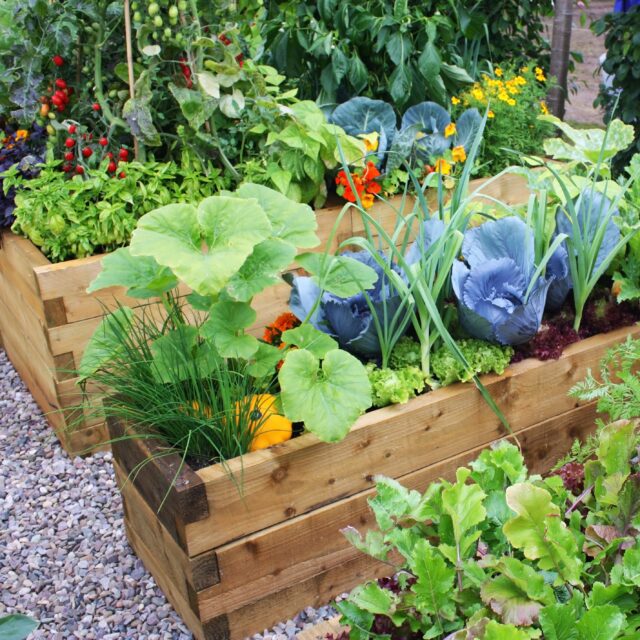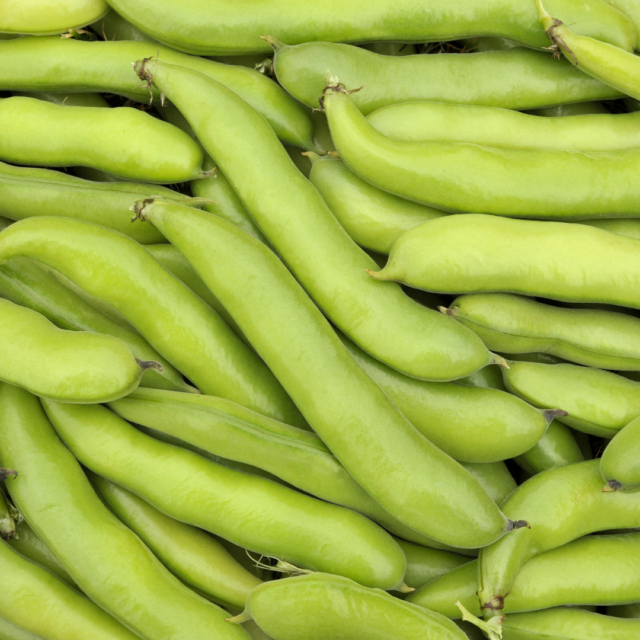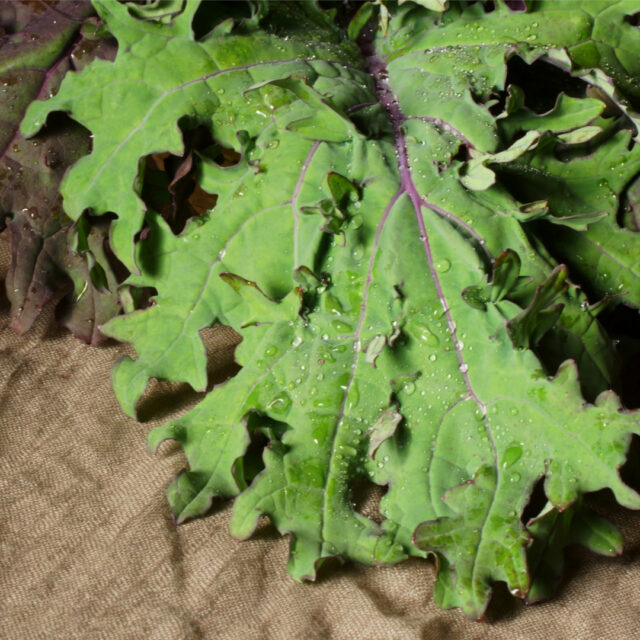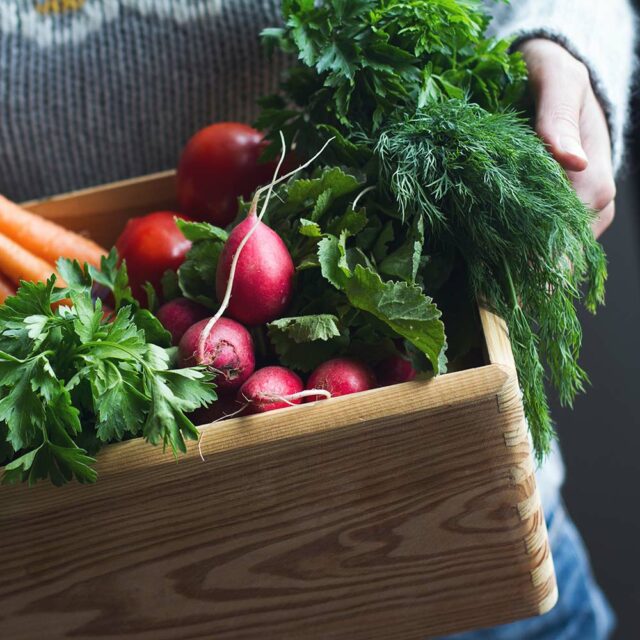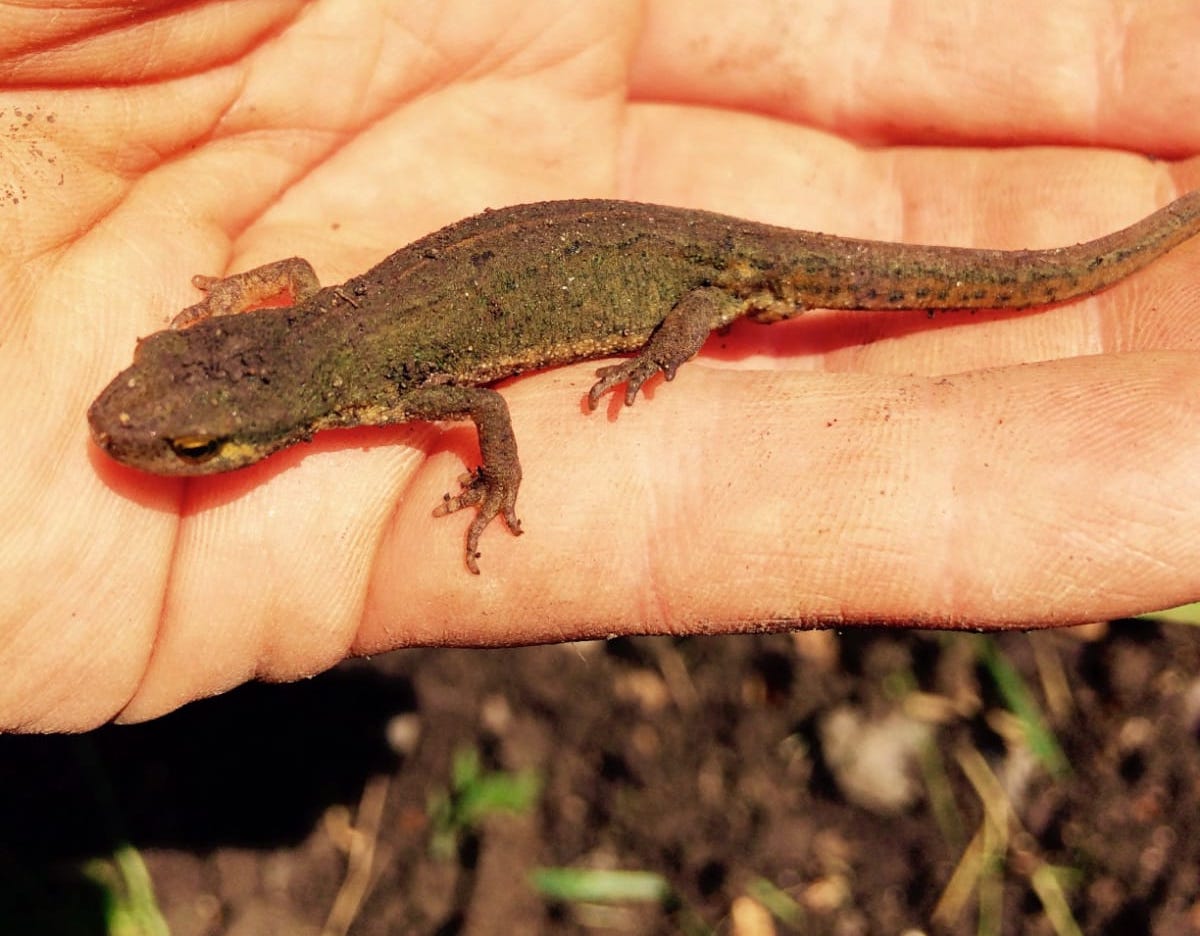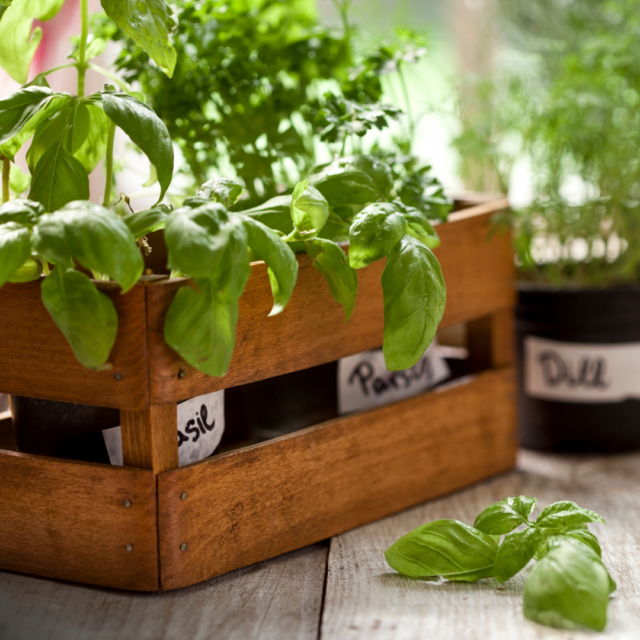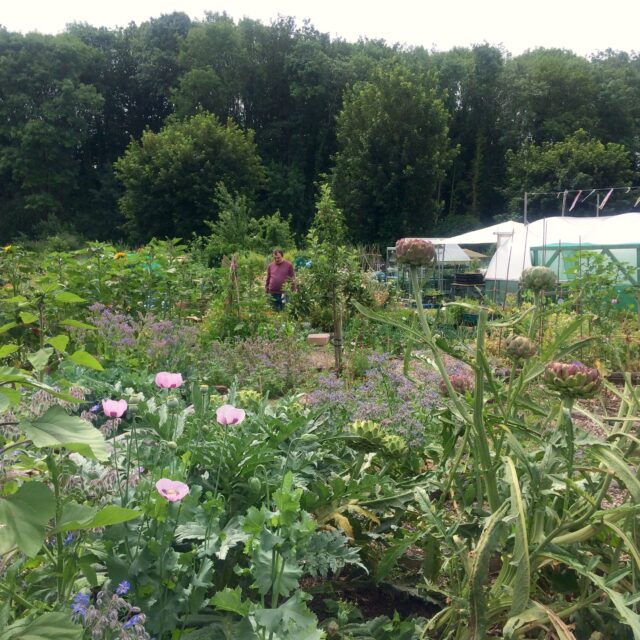Did you know that this week we had #DontStepOnABee day? You better bee-lieve it! Not stomping on wildlife is a start, but if you want to know what else you can do to encourage wildlife to your garden, we’ve got a blog post stuffed with ideas for you! Soon enough you’ll be able to take a walk on the wild side in your very own back garden.
Whilst we’ve divided the below ideas up by species, remember that all of these tips will appeal to many different types of wildlife.
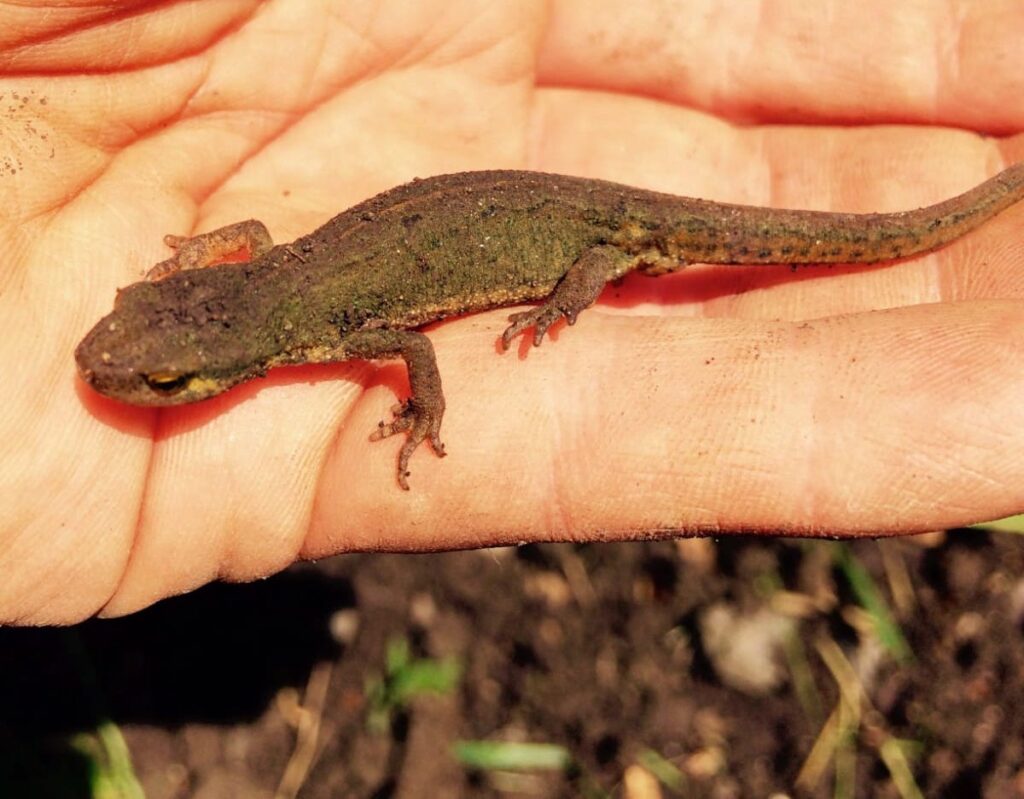
Bees, Butterflies, and Creepy Crawlies
- Grow areas of wildflowers and other native varieties with open structured flowers. Think cornflowers, floxgloves, bluebells, crocus and globe thistle if you’re looking for ideas.
- Preserve old sheds and walls, or drill holes into logs, to encourage solitary bees.
- Take a clay pot, fill with leaves, straw and a little cotton wool and place upside down in a sheltered spot. This space can become a perfect over-wintering spot for a bumblebee.
- If you’re feeling crafty, why not create a bee hotel?
- Pile dead and decaying wood to create an amazing home for stag and bark beetles. These beetles are becoming increasingly uncommon in the countryside.
- Compost! A compost heap will not only provide you with nutrient-rich soil, but will be a favourite spot of slowworms – and even grass snakes – who love the heat that is created through decomposition.
- Reduce digging and instead let the worms, bugs and beetles keep the soil healthy. More creepy crawlies, and less work for you!
Frogs, Toads, and Newts
- If you have the space, a pond will attract a variety of wildlife. Make sure it has shallow edges for to allow access for frogs and newts.
- If you do choose to have a pond, make sure you have pond plants. This will create vital shelter for frogs, newts and other creatures.
- Leave a pile of fallen leaves undisturbed in a shady corner of the garden. What looks to us like a damp patch of detritus is a haven for toads and other small animals.
Birds & Bats
- A birdbath is a perfect place for birds to drink and wash. Remember to check it in the winter to make sure it hasn’t frozen over.
- Put up bird feeders. Fat balls and seed mixes are ideal to go inside, and any bacon fat or left over cheese will make you super popular amongst your avian friends!
- Dead wood left on the tree can become a haven for bats and other small creatures.
- If you have a cat, put a bell on it! Make sure your cat’s collar has a small bell on it to warn any small birds in the vicinity.
Mammals
- Remove a small section of your fence to allow hedgehogs (and frogs) into your plot. If you are worried about foxes or badgers, make the hole no bigger than a CD case.
- However, if you want to encourage badgers, they love to eat unsalted nuts and seeds, fruit and root vegetables.
- Don’t leave bread or milk out for hedgehogs. You can buy special hedgehog food, or they enjoy dried fruit and cooked vegetables.
- Planting a hedge will provide shelter for hedgehogs (they don’t have that name for no reason!) and other small creatures. Choose a mixture of native hedge species to encourage the greatest diversity.
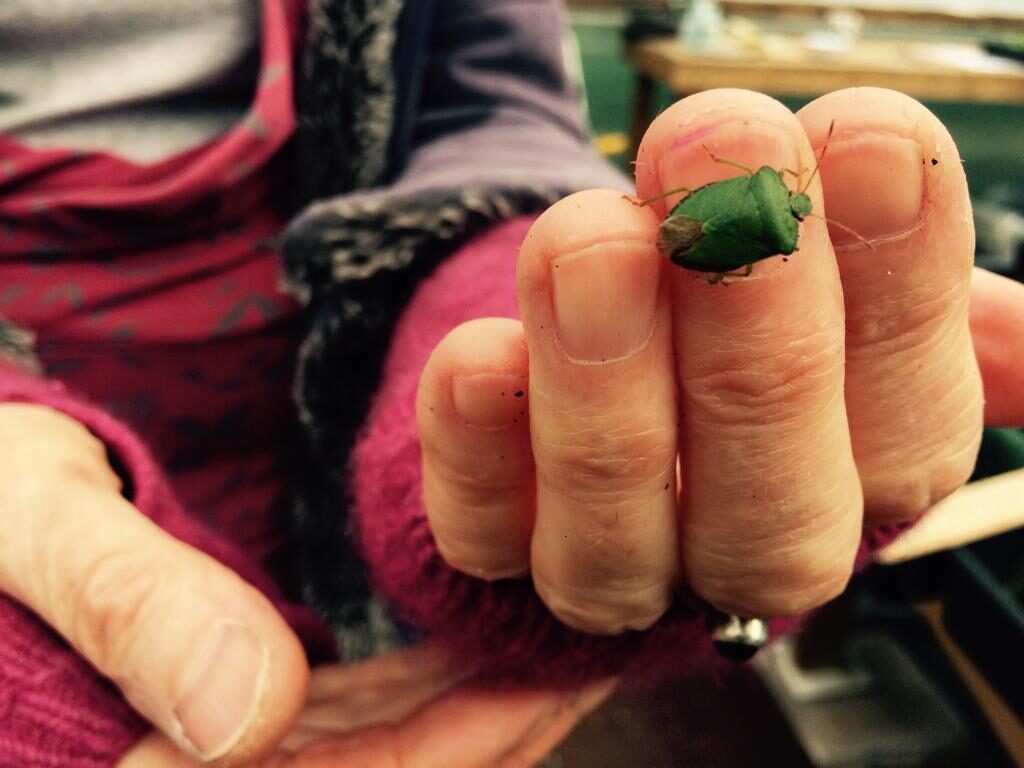
The best tip of them all?
Don’t be too tidy!
Piles of wood and leaves, patches of wildflowers and long grass – these are all things that will encourage wildlife to your garden! A garden that’s a bit rough around the edges (instead of pristinely manicured) will attract all sorts of wildlife, plus you’ll have more time to sit back and enjoy watching it all!
What are you doing to encourage wildlife to your garden? We’d love to hear your stories!
